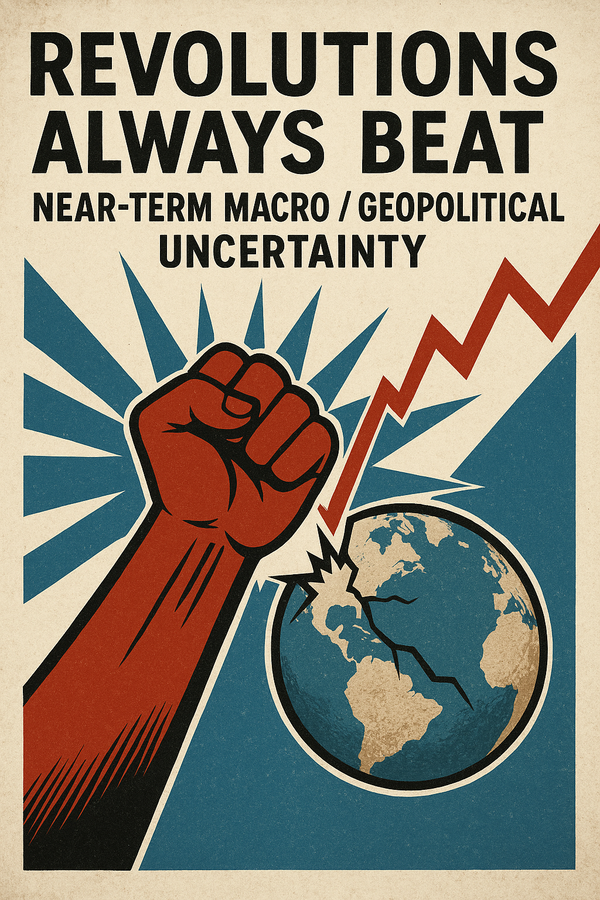Time for the Relative Valuation Game!
Well, lots of fireworks with Apple today, as it busted through its all-time high on Friday and now is in all-out breakout mode. At least until it isn’t and then who knows if it’ll pull back 2-3%. And then who knows if at that point everybody will say it couldn’t sustain its breakout and then it’ll bottom. And then couldn’t you see it rally into the actual new iPhone release and then on into earnings. And then perhaps it will pull back after “disappointing” earnings, and then will bottom and head higher into the year end.
Anyway, it’s up nicely again today and it’s setting records for being the Most Valuable Company in the History of the Planet. Years ago I used to help put valuations into relative perspective by playing what I call the “Relative Valuation Game” looking at straight market capitalization valuations (say that five times fast):
Apple’s worth $620 billion right now.
Exxon is worth $420 billion.
Microsoft is worth $260 billion.
Wal-Mart is worth $240 billion.
Google is worth $220 billion.
Pfizer is worth $180 billion.
Intel is worth $130 billion.
Qualcomm is worth $106 billion.
Kraft is worth $72 billion.
American Express is worth $64 billion.
Goldman Sachs is worth $52 billion.
Facebook is worth $42 billion.
Hewlett-Packard is worth $40 billion.
Broadcom is worth $20 billion.
Dollar General is worth $17 billion.
The Gap is worth $17 billion.
Juniper is worth $10 billion.
Sandisk is worth $10 billion.
Nuance is worth $7 billion.
Netflix is worth $4 billion.
Research-in-Motion is worth $4 billion.
Fusion-IO is worth $2.7 billion.
Lender Processing Services is worth $2 billion.
Zynga is worth $2 billion.
Lindsay is worth just under $1 billion.
A couple of notes to make — I’m not using “enterprise value” in this market cap exercise because we’re simply looking at how much the equity of these companies is being valued it. When looking at Apple though, I’d consider the fact that they’ve got more than $100 billion in net cash on the balance sheets, which means that nearly 20% of their market cap comes from the cash balance and can therefore conceivably be subtracted out from the market cap when trying to determine an overal value of the company including debt.
And also, these market caps change obviously as the stocks move. And isn’t it remarkable to think that Apple had a market cap of less than 1/10th its value today and that Microsoft has exactly the same value as back in 2005 when I wrote that some day Apple would be worth more than Microsoft?
It’s important to have some idea of what you’re paying for your stocks relative by looking at these overall valuations. When Level 3 was worth 3x as much as AT&T back in the year 2000, it was a good indicator that some sort of bubble might be going on. Can the same be said of any of the above valuations? Let me know your thoughts.




